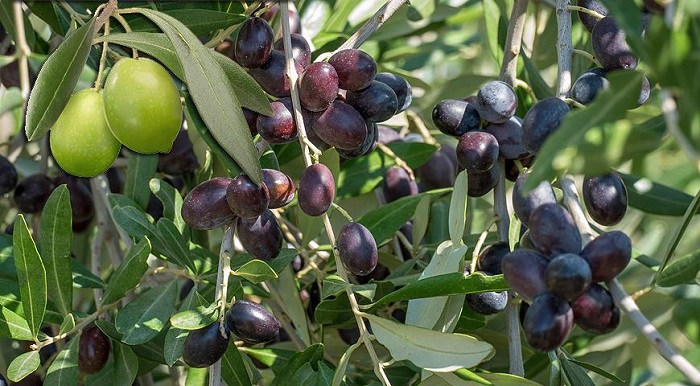In Turkmenistan, olive trees play a significant role in both culture and agriculture, especially in the western region.
Olive trees were first planted on the territory of the Etrek district of the Balkan province of Turkmenistan in 1934 and have since transformed the area into a blooming garden.
Olive trees grow everywhere in Etrek: in courtyards, on plots and along streets. Locals grow olives not only for the sake of fruits, but also as an ornamental plant that decorates the environment.
Every homeowner in Etrek is a passionate gardener, and discussions about olives can last for hours. Arazkurban Baymammedov, director of the local children’s art school and an amateur gardener, exemplifies this passion.
“We have many types of subtropical plants, including palm trees. Among them, the first place is held by an olive tree, the benefits of which can hardly be overestimated. It is not only its fruits that are useful for human health, but also the oil – the purest and best of all vegetable oils, which is easy to verify in your own practice. Their fruits contain about 70 % of the oil, rich with nutrients that are easily absorbed by the body,” he says.
According to his wife Bayramsoltan, there is no special churn in their household plot. They produce the oil by hand-pressing. Half a liter of natural olive oil comes out of two buckets of fruits.
The fruits and oil of the olive tree are widely used in the prevention and treatment of various diseases, including gastrointestinal tract problems, as well as for blood purification and burns. It is believed that eating olives and olive oil helps prevent hypertension and heart disease.
Baymammedov’s family has only five trees, each yielding a harvest of 50-60 kilograms of green and dark brown olives during the season. A portion of this harvest is sold wholesale and retail, while the remainder is destined for oil production or preserved through marinating for long-term enjoyment.
According to local gardeners, the Marmara variety is one of the latest to ripen. To extract the precious oil, the olives are first meticulously pitted. These pits, like the branches themselves, are considered sacred by many.
The olive tree is a majestic presence, reaching heights of approximately 10 meters, and renowned for its remarkable longevity.
The olive tree is a symbol of peace and neutrality of Turkmenistan, and its branches are depicted on the national flag.
According to legend, the olive branch brought by the dove to Noah signaled the proximity of the earth after the flood, which reinforced its symbolic significance as a symbol of peace. The olive tree is also called the tree of life, emphasizing its role in ensuring health and longevity. ///nCa, 3 January 2025 (based on the materials of the newspaper “Neutral Turkmenistan”)
